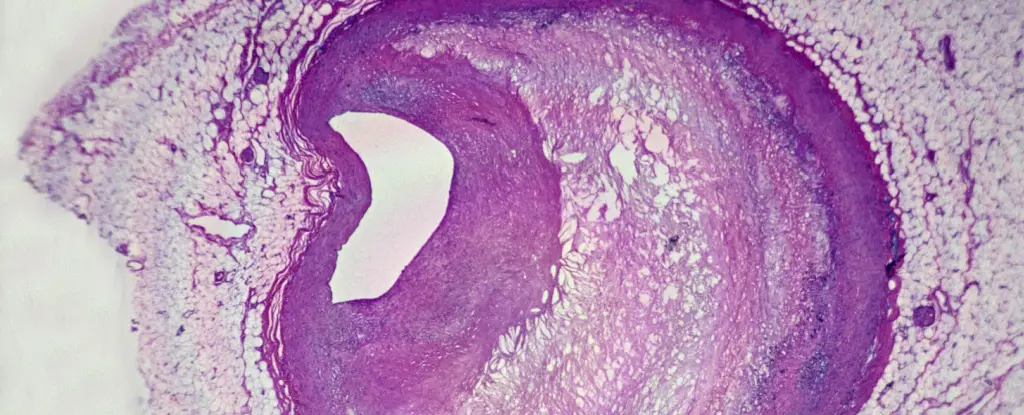In contemporary society, plastics have become omnipresent, infiltrating both our environment and our bodies. Startling evidence now shows that microscopic plastic particles, known as microplastics, have been discovered in various human organs, with recent studies indicating their presence in the placenta. The alarming ease with which these diminutive fragments penetrate bodily tissues mandates a thorough investigation into the potential health risks they pose. Researchers are actively conducting studies using miniature organ models and live animal testing to understand how these particles might affect human health. However, a significant dilemma arises—many of these investigations utilize concentrations of microplastics that may not accurately represent real-world exposures experienced by humans.
While much of the current research surrounding microplastics has occurred in vitro or via animal models, studies investigating human subjects are beginning to surface. A noteworthy investigation conducted in Italy identified microplastic shards in fatty deposits surgically extracted from patients undergoing a carotid endarterectomy, a procedure aimed at alleviating blockages in arteries to reduce stroke risk. Following these patients for nearly three years, researchers, led by Raffaele Marfella from the University of Campania, sought to explore the potential connections between the presence of microplastics in arterial plaques and subsequent cardiovascular events, such as strokes and heart attacks.
Among the 257 patients studied, nearly 60% exhibited detectable levels of polyethylene in their arterial plaques, while 12% showed evidence of polyvinyl chloride (PVC). These specific plastics are commonly found in a myriad of everyday items, from packaging and water pipes to medical devices. This significant discovery raises urgent questions about the implications of microplastic infiltration into the human vascular system.
Investigations into the biological impact of microplastics have revealed that these particles can exacerbate inflammation and oxidative stress within heart cells. Laboratory studies indicate that their presence may lead to profound disruptions in cardiovascular health, including altered heart function, irregular heart rates, and even structural changes such as scarring. Notably, data from other studies have suggested that occupational exposure to plastics-related pollution correlates with a heightened risk of cardiovascular disease, indicating a possible association begging further exploration.
Marfella and his team uncovered that patients with detectable microplastics in their excised plaques were 4.5 times more likely to experience severe cardiovascular events—stroking, non-fatal heart attacks, or mortality—within the follow-up period compared to those without these harmful particles. These findings, while compelling, highlight an important caveat: the observational nature of the study limits any definitive claims regarding causation.
It is crucial to acknowledge that numerous other contributors to cardiovascular disease exist, including lifestyle choices such as smoking and physical inactivity, along with exposure to environmental pollutants. The association identified in this study does not rule out the potential influence of these factors. Philip J. Landrigan, a prominent public health physician, emphasizes that while the correlation between microplastics and heart-related health outcomes is noteworthy, the complexity of various risk factors complicates the narrative.
The consequences of plastic pollution have been magnified in light of the surge in plastic production over the last two decades, with minimal recycling efforts. Concerningly, even as the global rates of cardiovascular disease have shown a decreasing trend in some regions, other areas are experiencing troubling rises, suggesting a pressing need for continued research. It is essential to examine the multifaceted relationships between human health and environmental pollutants, including microplastics.
This pivotal study not only sheds light on the presence of microplastics in arterial plaques but also underscores the urgent necessity for public health policies that address plastic pollution and its potential health risks. As future research endeavors seek to clarify the links between microplastic exposure and cardiovascular health, society must grapple with the ramifications of a throwaway culture that prioritizes convenience over sustainability.
Ultimately, while the discovery of microplastics in human tissues poses significant health concerns, its complexity demands a multifocal approach in addressing both the immediate and long-term impacts on health and the environment. Comprehensive research must be complemented by concerted actions towards reducing plastic production and enhancing recycling initiatives. The dichotomy between health and environmental sustainability must be reconciled to safeguard future generations from the unseen dangers lurking in their environment.


Leave a Reply